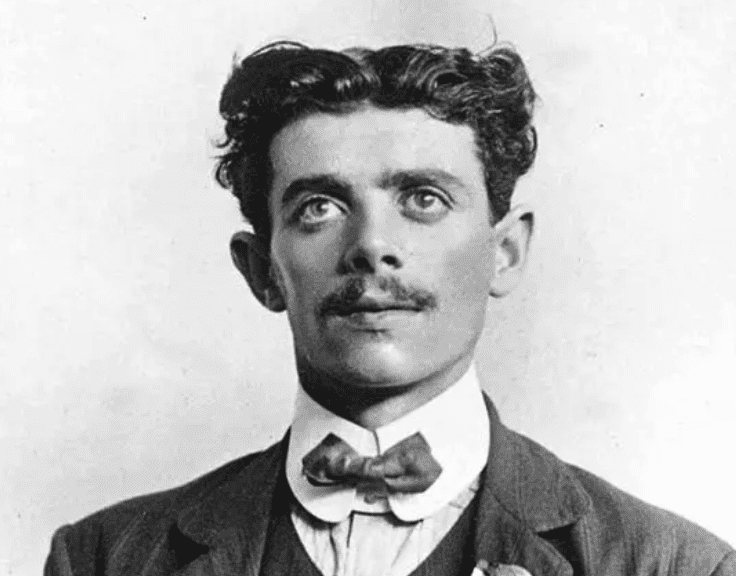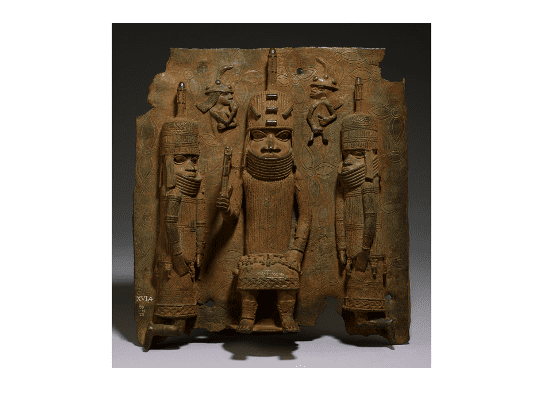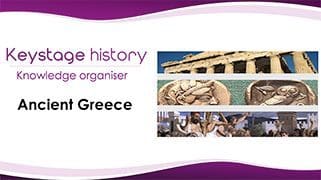
Here is a typical example of a medium term plan which exist for all main KS2 topics, in line with the most recent history National Curriculum. You will notice that all topics have their own rationale explaining why the approach has been chosen and how the topic fits in with sequenced learning. Care has been taken to identify a particular year group at which the planner is aimed so that you can see progression across the key stage. Along-term overview grid shows how all the medium term plans fit together so you can see how concepts such as cause and interpretations feature more strongly in some topics than others.
What is distinctive about these planners is that they are all driven by enquiry-based key questions which incorporate essential knowledge within the development of historical skills and conceptual understanding, built up progressively across the key stage. This is the hard part. The questions are limited to six in number and teachers thank us for making it manageable I the limited time they have whilst still ensuring the skills are well covered.
It is always easier to add more questions, but in reality what matters is that the questions are sharply focused on the most important aspects of historical understanding. You won’t find questions such as ‘ What did the Vikings wear/eat?’or ’what were their houses like’? Many other sites offer these. For us, there is no real challenge in this approach and valuable time is taken from developing worthwhile skills. The only exception is the home study running throughout the topic in which pupils pursue an aspect of Viking life that particularly interests them.
So, after the six expertly chosen questions, come the well-pitched learning objectives, the highly imaginative teaching approaches, the resources and the assessment opportunities and tasks. These are medium term plans, not detailed enough for teaching with. Accordingly you will notice that there are hyperlinks within the planner to at least six outstanding lessons on the site which give you a step-by-step guide to the learning that needs to take place and all the resources you need, nearly always based around the central spine of a colourful PowerPoint presentation.








